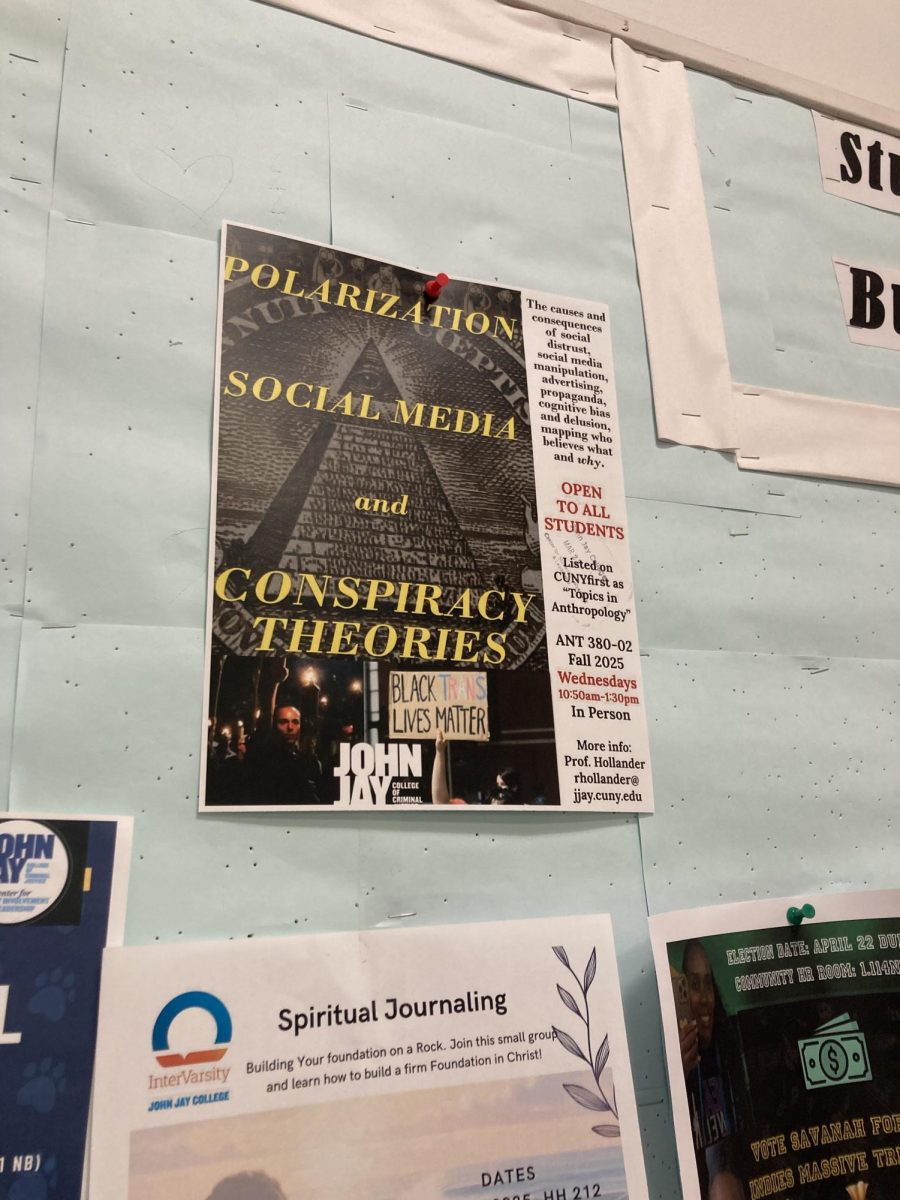As student tuition continues to rise and haunt the economic lives of students, so does another unknown threat: textbooks. The prices of textbooks have skyrocketed and driven up the costs of higher education.
Here in John Jay, not all of the class textbooks professors require are available at the John Jay Library. Jared Mitchell, a senior at John Jay, spent $250 on textbooks. “I don’t use my textbooks often,” he said. “And I think teachers should choose the books with a student’s income in mind.” Jared smiled sarcastically and gave a deep breath. “If we’re paying a ton for tuition, the professors should be mindful of that. There should also be at least one reserve copy of each book requested by a professor available in the Sealy Library.”
According to the College Board, a student’s budget for textbooks and supplies are about $1,200 per year. In four years those costs can range anywhere around $4,800-$5,000. Textbooks are the unsung villain of a student’s economic life.
Janine Comodo, a junior at John Jay, said, “We need the PDF of textbooks to be leaked.” The prices of textbooks and the lack of use also haunts Janine. “I think that the prices of textbooks are unfair to students because we don’t utilize them the way we should.” Janine works full time and takes several of her classes online. “As college students, we have many responsibilities and bills to pay. The textbooks are very expensive, and it is putting us in debt.”
Students across John Jay widely agree that the prices of textbooks are absurd, and that professors do not use them enough to justify their prices.
Isaely Escarcega, a sophomore, bought ten textbooks, which cost $250 in total. “The problem is that we buy these textbooks and we don’t even use them. We pay too much to not use them enough.”
Although most professors require students to buy the latest version of a textbook there are a few professors who do not mind the older versions. Professor Dainius Remeza believes that if the skills and knowledge of the required subject has not changed much, then there is no need to buy the current version. “Some subjects require the latest, most up-to-date version, when new discoveries and technologies might significantly improve on existing knowledge or make earlier methods obsolete. You wouldn’t want your surgeon operating based on knowledge acquired from an early 1900s textbook.” Professor Remeza teaches a legal writing and legal method class in John Jay. “But in a class like Legal Writing, the skills we try to learn haven’t much changed since from the time I went to law school. So the text we use is the text I used at law school and the variations between the different editions aren’t significant.” Professor Remeza also believes that the prices of textbooks are too much for students and that there is not enough consideration for them. “Is the amount in controversy $500,000 or a million? The number grows as each edition is adjusted for inflation, but what we’re trying to learn–legal analysis and method, such as issue identification and distinguishing facts–these concepts remain the same. So I don’t ask students to pay $100 when they can get a practically identical textbook for $20.”
The deadline for tuition payment is a well-known choke hold to students. But so is the first day in class when students have been given their syllabus, and have to buy these textbooks. Textbook prices every year or so adds to the debt students go through for a continued academic education.








